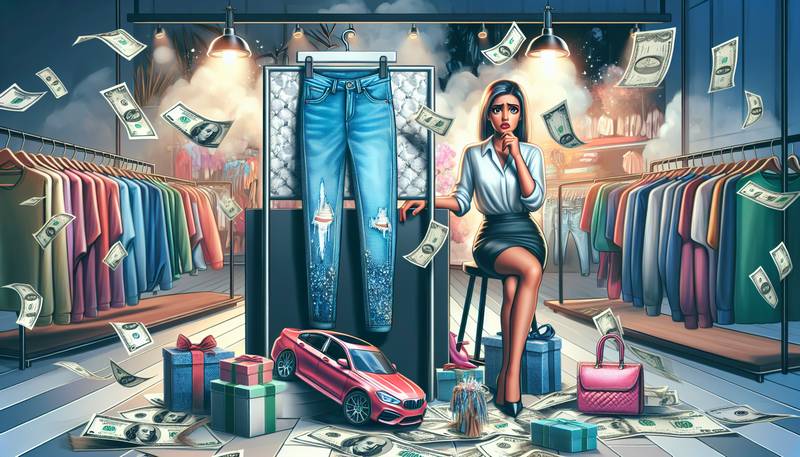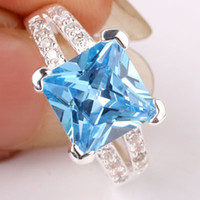Inflation's Impact on Retail Fashion Pricing: Unraveling the Effects

Fashion and Inflation: A Pricey AffairWhen it comes to fashion, few things are more mysterious than the price tag. Just like deciphering a cryptic text message from a friend who was clearly out too late the night before, understanding why those designer jeans cost as much as a small car can leave one scratching their head. Add inflation to the mix, and it's like throwing a wild party where no one quite knows what’s happening. In the retail world, inflation is the uninvited guest that no one can seem to shake off. Prices of goods and services rise, and suddenly that cute little dress you had your eye on feels like it’s trying to run away with your wallet. The question is, what caused this sudden hiccup in the fashion economy? The Causes of Inflation in FashionSeveral factors contribute to the rise in prices within the retail fashion sector. Some of the more notable culprits include: - Raw Material Costs: When the price of cotton goes up, so does your favorite cotton T-shirt. Fabrics are the bread and butter of any clothing line, and when bread gets more expensive, you can bet your bottom dollar that your wardrobe will feel the heat.
- Shipping Prices: The cost to ship goods can fluctuate based on fuel prices and global events. If the shipping costs soar, so do the prices of your beloved outfits. It's like paying extra for express delivery on a pizza, except it’s your entire wardrobe.
- Labor Costs: Wages for workers in factories often increase due to inflation. If workers are making more, those beautiful dresses might start costing more too. It’s a bit of a paradox—everyone wants to be paid well, but no one wants to pay more for clothes. It’s like wanting to eat cake but getting a salad instead.
Consumer Behavior: The Real CatwalkLet’s face it: shoppers are resilient, but they are also unpredictable. The recent shift in consumer behavior, partly due to inflation, is akin to a cat walking by a laser pointer. Just when you think you have figured it out, it darts in another direction. As prices climb, consumers become more price-conscious. Many opt for thrift stores or online sales, hoping to snag a deal that feels more like crime in a bargain heaven. While some might hold on to their favorite brands, others are out there scouring the clearance rack like it’s Black Friday every day of the week. Retailers have begun to adjust their strategies, but it often feels like they’re trying to catch smoke with their hands—many changes lead to more confusion. They mix and match discounts and promotions, hoping to keep customers engaged without unintentionally creating a fashion circus. Balancing Quality and PricingRetailers face the quandary of balancing quality with pricing. It’s a delicate dance, much like trying to tango after a few too many cups of coffee. If clothes are priced too high, sales plummet, but if they cut costs too much, customers get the impression they’re buying clothes made of less-than-durable material—or worse, that their outfit may disintegrate after the first wash. Shoppers begin asking themselves questions like, “Will this shirt last through all my spontaneous adventures, or will it turn into a spaghetti strainer?” Quality remains paramount, but so does affordability. Retailers must navigate this tightrope with the finesse of a circus performer riding a unicycle atop a high wire—without a net. The Future of Retail Fashion PricingWhat does the future hold for the retail fashion industry? Predictions are as varied as fashion week looks—some are chic, while others can be downright outrageous. As inflation remains a factor, industries will be forced to adapt continually. ★ Sustainable Practices: Many brands are turning to sustainable sources, which can initially cost more but ultimately save consumers in the long run, making it kind of like investing in a mutual fund that pays dividends in good karma. ★ Transparent Pricing: Transparency about how pricing is determined could become more common. Consumers want to know why that shirt costs what it does, peeling back the layers like an onion—without the tears.★ Tech Integration: With AI and data analytics, retailers can better predict consumer habits and adjust pricing accordingly. It’s like having a magical crystal ball, only instead of ominous prophecies, it serves up fortuitous fashion insights. Final ThreadsNavigating the world of fashion pricing in an inflationary environment is like trying to put on a pair of skinny jeans after a big meal—challenging yet oddly satisfying when you manage. As the retail landscape shifts, adaptability will be key. Each twist and turn will demand innovation and clever strategies to ensure the industry remains fashionable while keeping wallets happy. After all, what’s a little inflation when you can still strut down the street in style?
|
|








